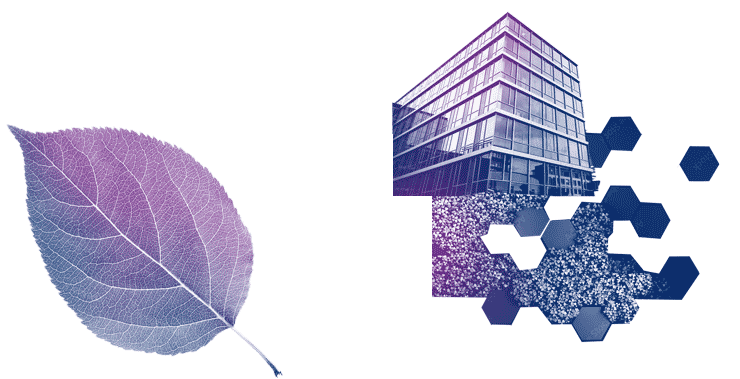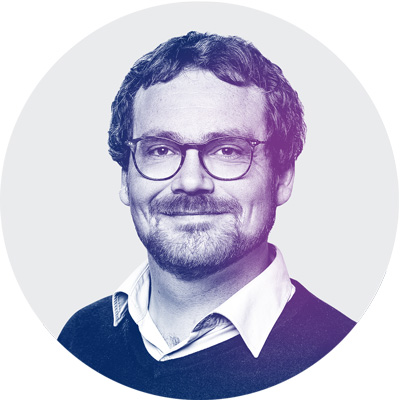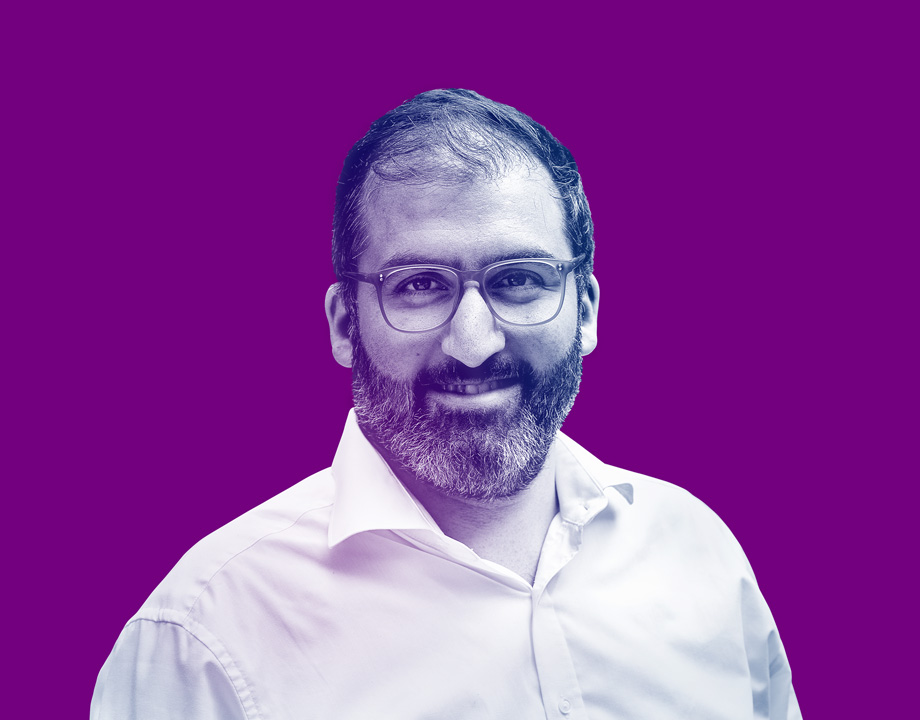Severe precipitation events, forest fires, melting glaciers and polar caps are among the obvious consequences of climate change. International political strategy focuses on greater sustainability, with the aim of achieving climate neutrality in the EU by 2050. As one of the biggest emitters of greenhouse gases, the building sector has the opportunity to make a crucial contribution. In Germany, CO₂ emissions in the sector fell from 210 million tonnes to 120 million tonnes between 1990 and 2020. The aim is to achieve a further reduction to 67 million tonnes by 2030 (Source: Bundesregierung) – a huge challenge for the property industry.
- The company
- Online journal
- Learning
from data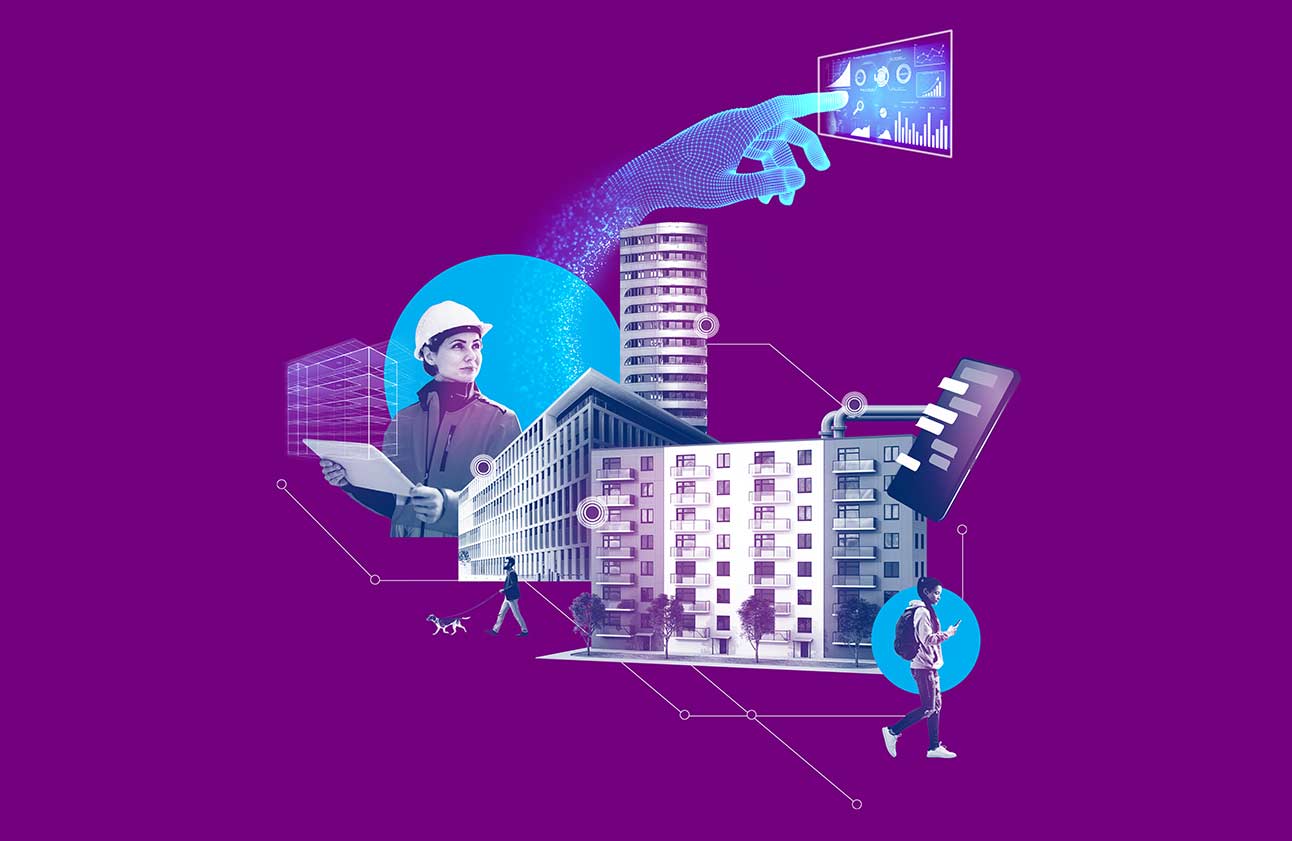 Aareon is harnessing artificial intelligence to add value for customers
Aareon is harnessing artificial intelligence to add value for customers - More added value –
with a focus on security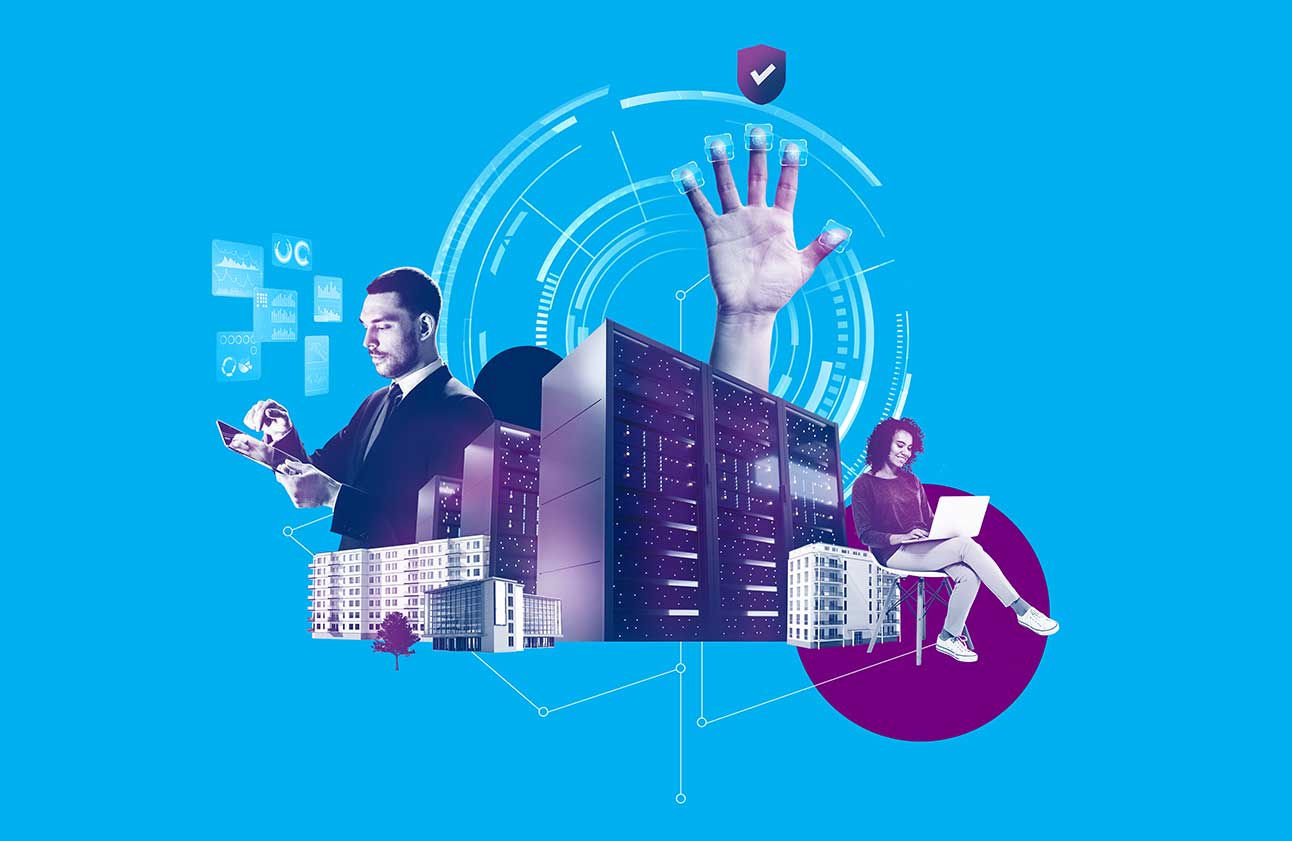 Convenient, secure and flexible – that's Software as a Service
Convenient, secure and flexible – that's Software as a Service - Adding value
together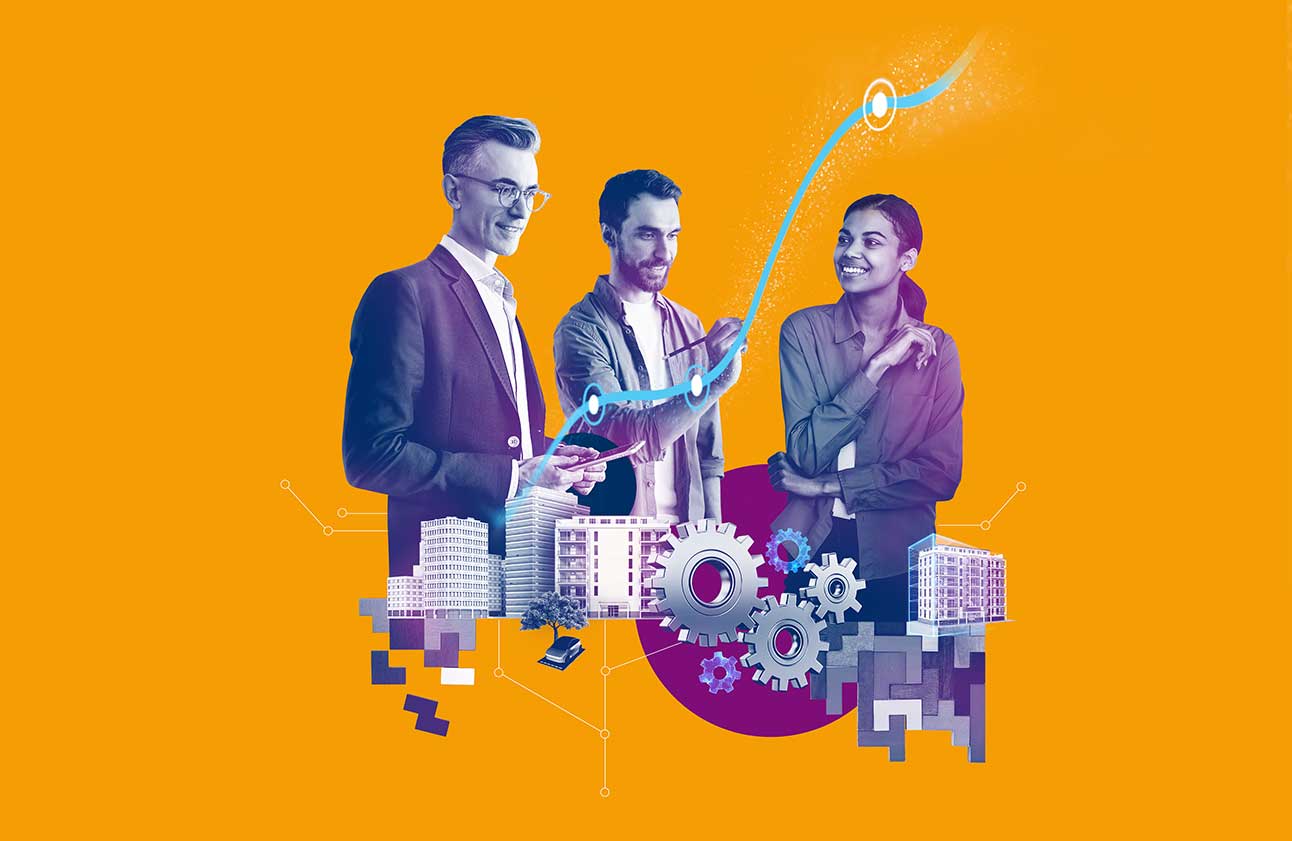 What it takes to integrate companies successfully
What it takes to integrate companies successfully - Technology for
greater sustainability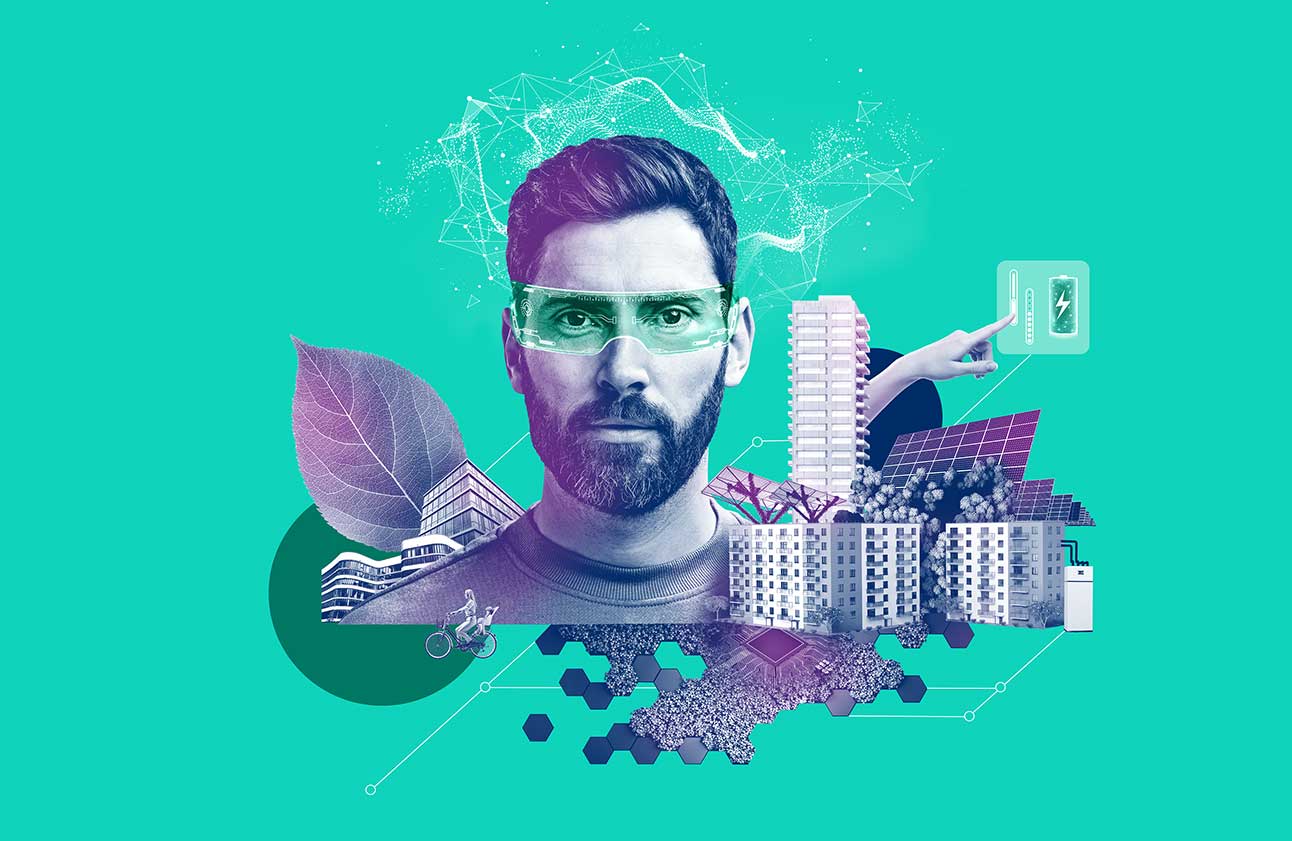 How Aareon is supporting the energetic reorganisation of the building sector
How Aareon is supporting the energetic reorganisation of the building sector
- Learning
- Downloads
- Deutsch


